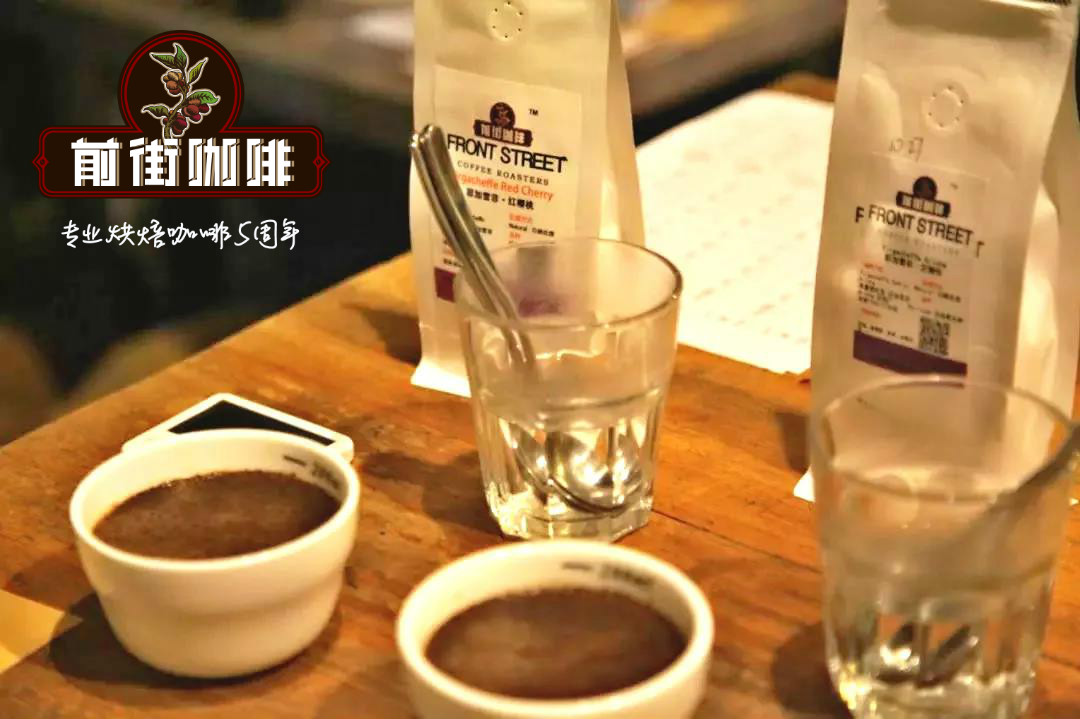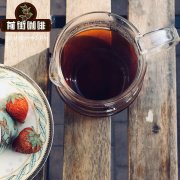What is charcoal coffee? What are the origin and characteristics of charcoal-roasted coffee?

Professional coffee knowledge exchange more coffee bean information please follow the coffee workshop (Wechat official account cafe_style)
Authentic charcoal-roasted coffee is deeply roasted by carbon fire. It is dark in color and mellow in taste. When tasting this coffee, it doesn't feel sour at all.
Charcoal-fired coffee is known as the bitterest coffee in the world, and charcoal-roasted coffee was invented by the Japanese. Japan does not produce coffee beans, all its coffee beans are imported.
The Japanese love coffee very much, but they do not want to control the formula of coffee completely in the hands of cannibals, so they delve into a formula of their own. at that time, there was no special coffee with "bitter" taste as the selling point, they started with "bitter" taste, roasted the charcoal-fired coffee deeply, so that the bitter taste of charcoal-fired coffee was exerted to the limit, so that although it tasted bitter, it had no astringent taste and strong fragrance. Finally, the Japanese also set up a banner in the coffee industry.
The origin and characteristics of carbonized coffee:
Charcoal roasted coffee is also called the bitterest coffee in the world. As the name implies, "bitter" has become the most unique and remarkable feature of charcoal-roasted coffee.
When it comes to the bitterness of charcoal-roasted coffee, it also comes from the creativity of the Japanese. There are no coffee beans in Japan. All its coffee beans are imported. However, the Japanese really like coffee, and they do not want to control all the recipes of coffee in the hands of others. The Japanese like to catch up from behind. So, just as they did when dealing with American inventions, the Japanese used their usual thinking to take the coffee beans and transform them, revamped them, and affixed them with Japanese brands. cleverly make the Japanese charcoal coffee technology circuitous into a Japanese patent.
The characteristics of charcoal-roasted coffee are mainly as follows: sour, fragrant, sweet and mellow. Although charcoal-roasted coffee is no better than those countries with congenital advantages, bitter coffee was almost blank in the market at that time. For this reason, the Japanese started with "bitterness" and roasted the charcoal-roasted coffee deeply. After making charcoal-fired coffee have made some achievements in fragrance, sweet, mellow, rich, and so on, they firmly adjusted the bitterness of charcoal-fired coffee to the limit, making it bitter but not astringent, fragrant, but independent of other coffees. in the end, it also set a banner for the Japanese in the coffee industry.
When it comes to charcoal coffee, we can compare it with financial tycoon Soros. Soros's English name, Shaoluos, is pronounced Soros, and the pronunciation of the reverse alphabetical order is still Soros, an out-and-out devil's name, full of evil. According to the Chinese meaning, charcoal-roasted coffee can also reach that level on the contrary. Charcoal-roasted coffee is bitter, while black coffee from charcoal burning is also beneficial to the bitterness of the soul.
If you have a preference for charcoal-roasted coffee, it is best to use charcoal fire when roasting coffee. Coffee beans baked with charcoal fire will have wood flavor rather than charcoal flavor. The coffee beans roasted with wood not only can not retain the woody aroma of the coffee, but also can not be roasted too deep.
Important Notice :
前街咖啡 FrontStreet Coffee has moved to new addredd:
FrontStreet Coffee Address: 315,Donghua East Road,GuangZhou
Tel:020 38364473
- Prev

The most ideal climatic conditions for the growth of coffee beans in India the main variety of coffee in India is Robusta.
Professional coffee knowledge exchange more coffee bean information Please follow the coffee workshop (official Wechat account cafe_style) the ideal climatic conditions for the growth of coffee beans in India are temperature between 23 to 28 degrees Celsius, rainfall between 1.5m and 2.0m, and a dry season of 2-3 months after the rainy season. The cold temperature near freezing point is not suitable for growing coffee. Although the rainfall in southern India is less than 1.
- Next

The gold standard of Rosa Village in Ethiopia accounts for only 3.7% of the annual output.
Professional coffee knowledge exchange more coffee bean information please pay attention to the coffee workshop (Wechat official account cafe_style) rose summer village Gesha Village internal classification is also divided into competitive bidding, gold bid, red mark, green mark, Chaka batch, rose summer village includes three varieties, namely, Gori rose summer (Gori Gesha), rose summer 1931 (Gesha 1931), Illubabor (E)
Related
- Detailed explanation of Jadeite planting Land in Panamanian Jadeite Manor introduction to the grading system of Jadeite competitive bidding, Red bid, Green bid and Rose Summer
- Story of Coffee planting in Brenka region of Costa Rica Stonehenge Manor anaerobic heavy honey treatment of flavor mouth
- What's on the barrel of Blue Mountain Coffee beans?
- Can American coffee also pull flowers? How to use hot American style to pull out a good-looking pattern?
- Can you make a cold extract with coffee beans? What is the right proportion for cold-extracted coffee formula?
- Indonesian PWN Gold Mandrine Coffee Origin Features Flavor How to Chong? Mandolin coffee is American.
- A brief introduction to the flavor characteristics of Brazilian yellow bourbon coffee beans
- What is the effect of different water quality on the flavor of cold-extracted coffee? What kind of water is best for brewing coffee?
- Why do you think of Rose Summer whenever you mention Panamanian coffee?
- Introduction to the characteristics of authentic blue mountain coffee bean producing areas? What is the CIB Coffee Authority in Jamaica?

